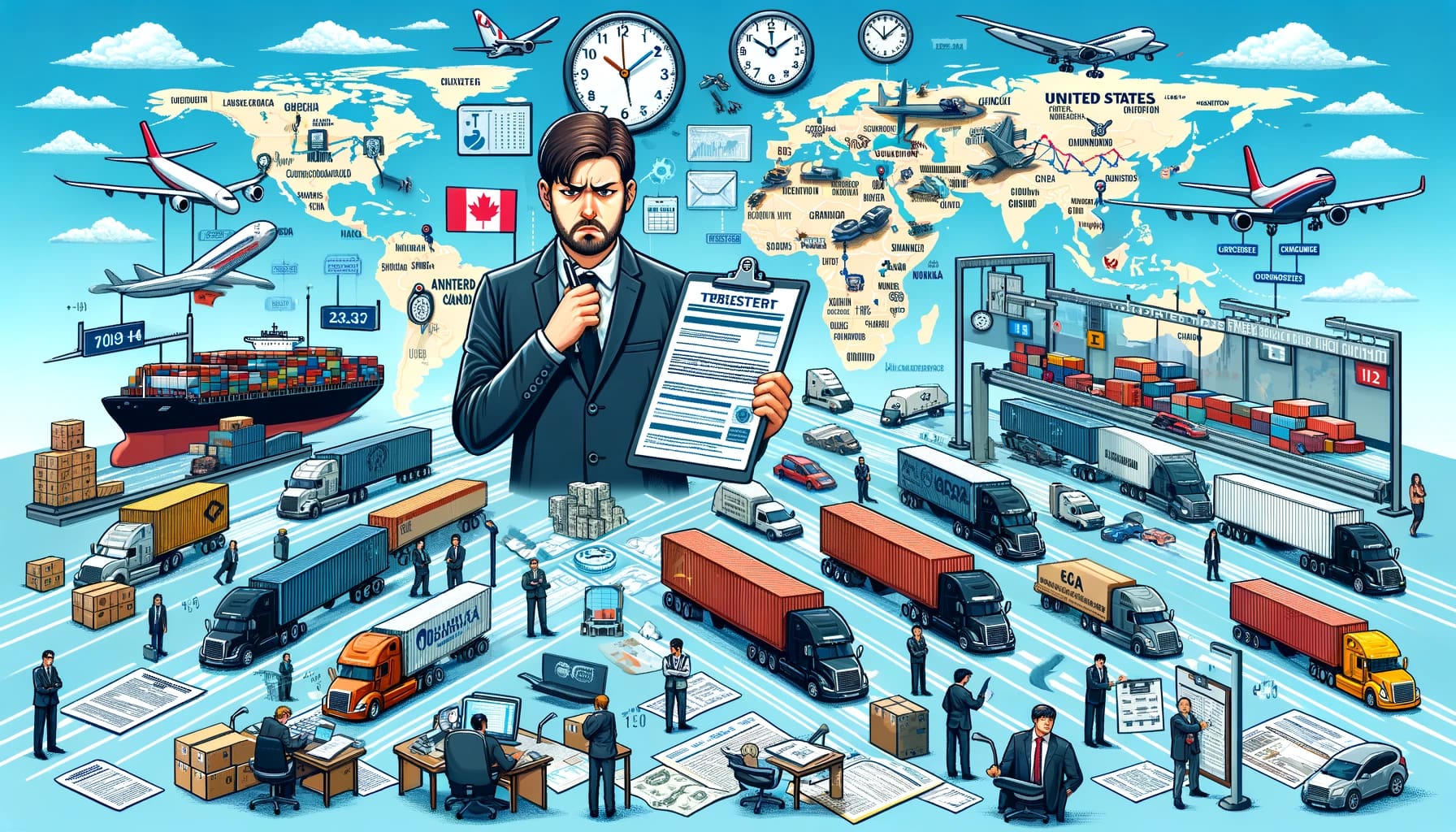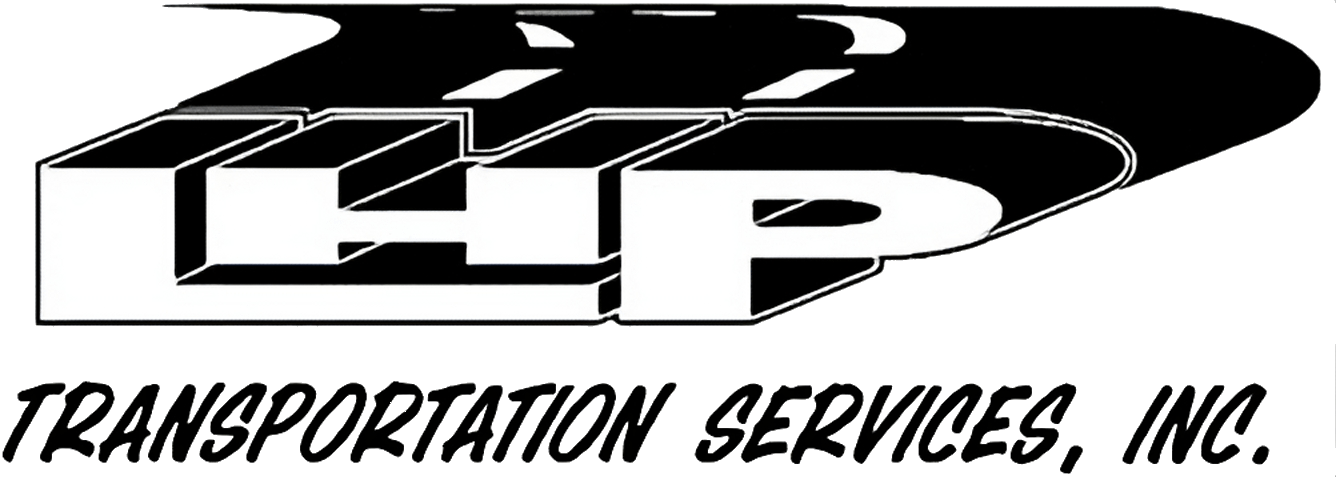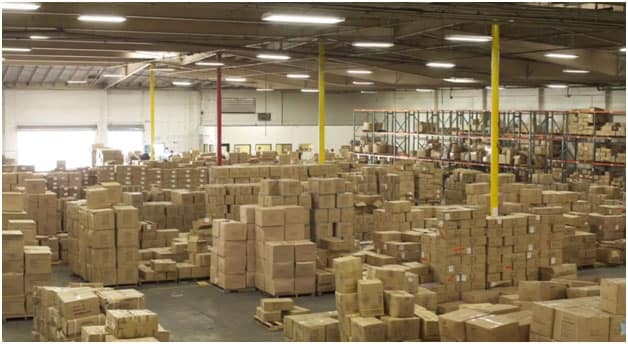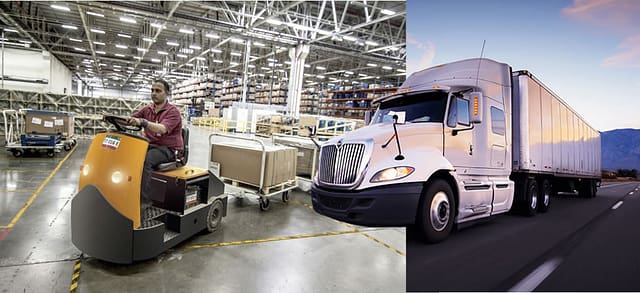
Navigating International Freight: Avoid These 5 Cross-Border Shipping Mistakes
Shipping goods (cross-border) across international borders is a complex endeavor that requires meticulous planning and attention to detail. Even trade between neighboring countries like the United States, Canada, and Mexico can quickly turn into a logistical nightmare if certain mistakes are made. In this article, we’ll explore the five biggest cross-border shipping mistakes and provide valuable insights on how to avoid them.
1. Waiting too long to establish a customs broker
One of the most critical steps in cross-border shipping is setting up a customs broker. This is not a process to rush through; it requires time and careful consideration. While it’s possible to complete this setup in as little as five business days, it’s advisable to allow for at least two weeks. Customs brokers act as your representatives at the border, so they need a comprehensive understanding of your shipping process and familiarity with all carriers involved. Rushing this complex process can result in costly delays at the border.
2. Discrepancies in the bill of lading and commercial invoice
The accuracy and consistency of information in the bill of lading (BOL) and commercial invoice are crucial. Any discrepancies in shipment dimensions, product count, or other details can hinder your shipment from clearing customs until these issues are resolved. Additionally, when shipping across the Mexico border, you’ll need a complemento carta porte document that must match the information in the BOL and commercial invoice precisely.
3. Shipping before full alignment with the customs broker
Attempting to ship before you are fully aligned with your customs broker can lead to problems with missing or incorrect paperwork. If it’s your first time shipping with a specific broker, ensure that they have all the necessary information before the load is picked up to avoid costly delays at the border. A pro tip is to arrange a conference call involving the customs broker, transportation provider, and shipper for first-time shipments to ensure everything is set up correctly.
4. Neglecting after-hours contact information
Despite careful planning, unexpected issues can arise during cross-border shipments. Border delays can be expensive, especially if they occur over a weekend. It’s essential to have non-standard business hour contact information for your transportation provider, importer of record, shipper, and customs broker. This ensures that you can address and resolve any problems promptly, even outside regular working hours.
5. Underestimating transit time
Crossing international borders, especially when shipping from Mexico to the U.S., can be a time-consuming process. It’s crucial to collaborate with an experienced cross-border provider to accurately estimate a realistic transit time for your shipment. This allows you to plan for potential delays and ensure that your customers’ expectations are met.
Considerations When Shipping Over Borders
**Mexico-U.S. Border**: Trucks crossing into the U.S. from Mexico typically face wait times of 2-5 hours, which can extend further if inspections or other delays occur. Even with perfect planning, your shipment may not cross the border on the same day it’s picked up, so be sure to factor in extra transit time for delivery.
**Canada-U.S. Border**: Border crossings into Canada can be smoother and faster, often taking less than an hour, provided your freight is pre-cleared with PARS or PAPS. However, cooperation with customs and border patrol is still necessary, and unforeseen delays can occur.
The best way to steer clear of these cross-border shipping pitfalls is to work with an experienced cross-border team. If you’re in need of expertise to simplify your cross-border shipping process, our team of cross-border specialists can provide the assistance you require. Whether it’s truckload, intermodal, or less-than-truckload (LTL) capacity for Canada or Mexico, we are here to ensure you have the coverage you need for successful international shipping.




